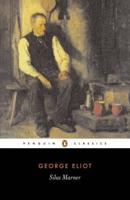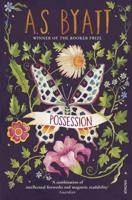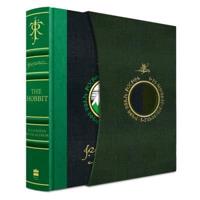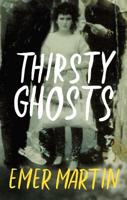Publisher's Synopsis
Published in two parts, in 1605 and 1615, Don Quixote is the most influential work of literature of all time. Millions of people have tried to read and understand it, but very few have succeeded. Actually, Cervantes' Spanish is... weird and not that Spanish! He uses a lot of pronouns; the syntax is absurd; there are far too many conjunctions (y/and, que/that); the sentences are too long; he keeps repeating the adjectives; he is extraordinarily verbose, which prevents readers from understanding the book. Hence, these characteristics have deceived all the translators. Besides, one needs to understand the author's purpose to produce a meaningful translation. Here the main character is an immature middle-aged man who has decided to live in a twilight zone where his self-respect entices him to ignore reality. Sancho, who resembles Piggy in Lord of the flies, is a kind of impotent reason, an illiterate, penniless man who would like to make his master recover his sanity. Unfortunately, society, which is quite immoral and insane, his lack of knowledge and his expectations do not enable him to achieve this goal. So reason ends up raving. I have chosen to explain this novel, not to reproduce its style, which is awful. As for the puns, there are also closely related to the meaning of the original, although they are more idiomatic and sophisticated. Oyez, Oyez, Oyez! For the first time in four centuries, this opus is comprehensible and funny!This book is the second half (from chapter XXVII to chapter LII) of the first volume of Don Quixote.









